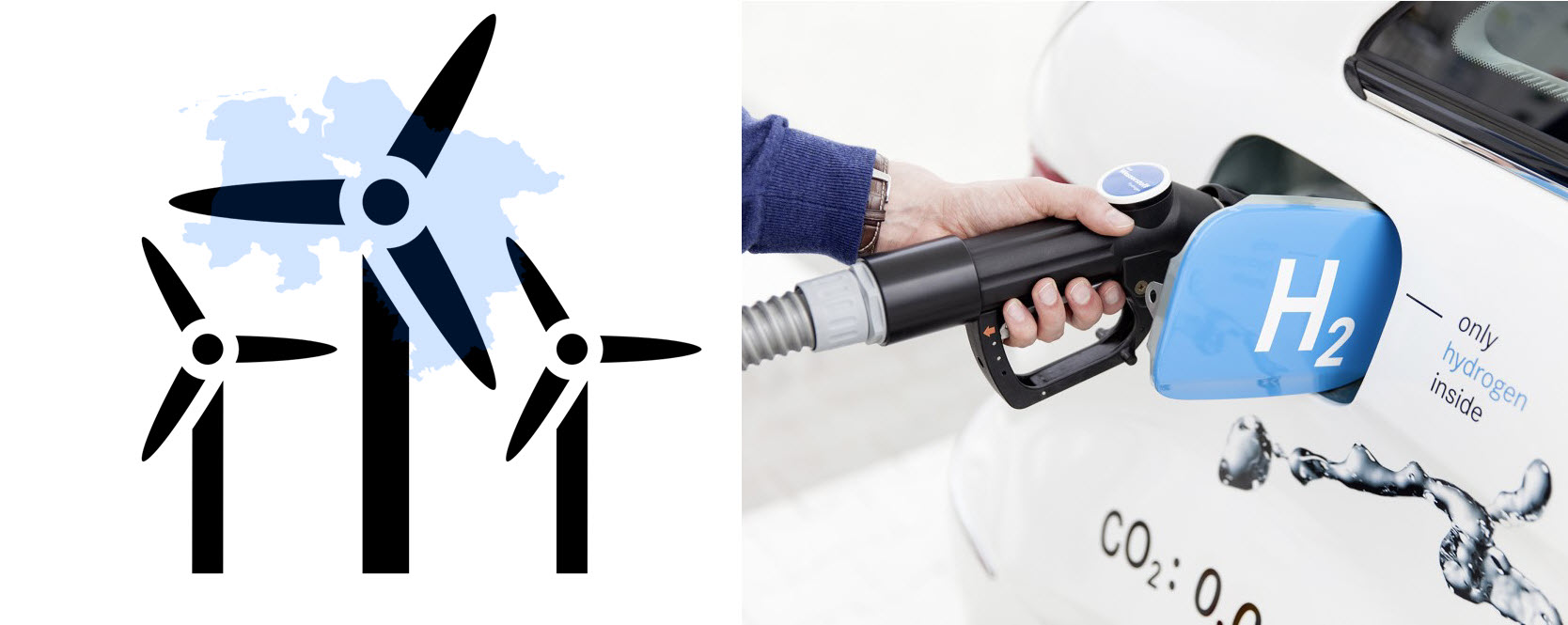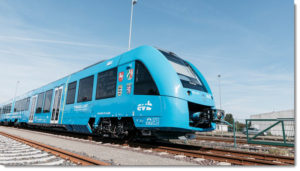
In order to promote the energy transition, the state of Lower Saxony intends to focus even more on hydrogen power in the future.
Environment Minister Olaf Lies (SPD) announced on the sidelines of the closed-door meeting of the SPD parliamentary group in Cuxhaven on Wednesday a “hydrogen strategy”.

“We will not successfully master the energy transition if we only rely on electricity,” Lies explained. Hydrogen, unlike electricity, is easier to store and transport and is of interest to both industry and mobility. For vehicles, however, too much focus has been placed on electricity.

Deputy SPD leader Uwe Santjer emphasized that hydrogen could be generated from electricity directly from wind farms on the high seas and brought to shore by ship. “Lower Saxony can become a flagship country in terms of hydrogen,” said Santjer. Cuxhaven could according to his statements become an appropriate model location.
Since September 2018, two hydrogen fuel cell trains have been operating on the Cuxhaven-Buxtehude railway for the first time. In Lower Saxony, a 100-megawatt power-to-gas pilot plant is to start in 2022, which will generate hydrogen or methane gas from green electricity.
How can hydrogen be generated? The plans are to generate energy from offshore wind farms in the North Sea and then transport them by ship to the coast. “Lower Saxony can become a flagship country in terms of hydrogen,” said Uwe Santjer, Deputy SPD Group Chairman.
Source: DPA
Read the most up to date Fuel Cell and Hydrogen Industry news at FuelCellsWorks




